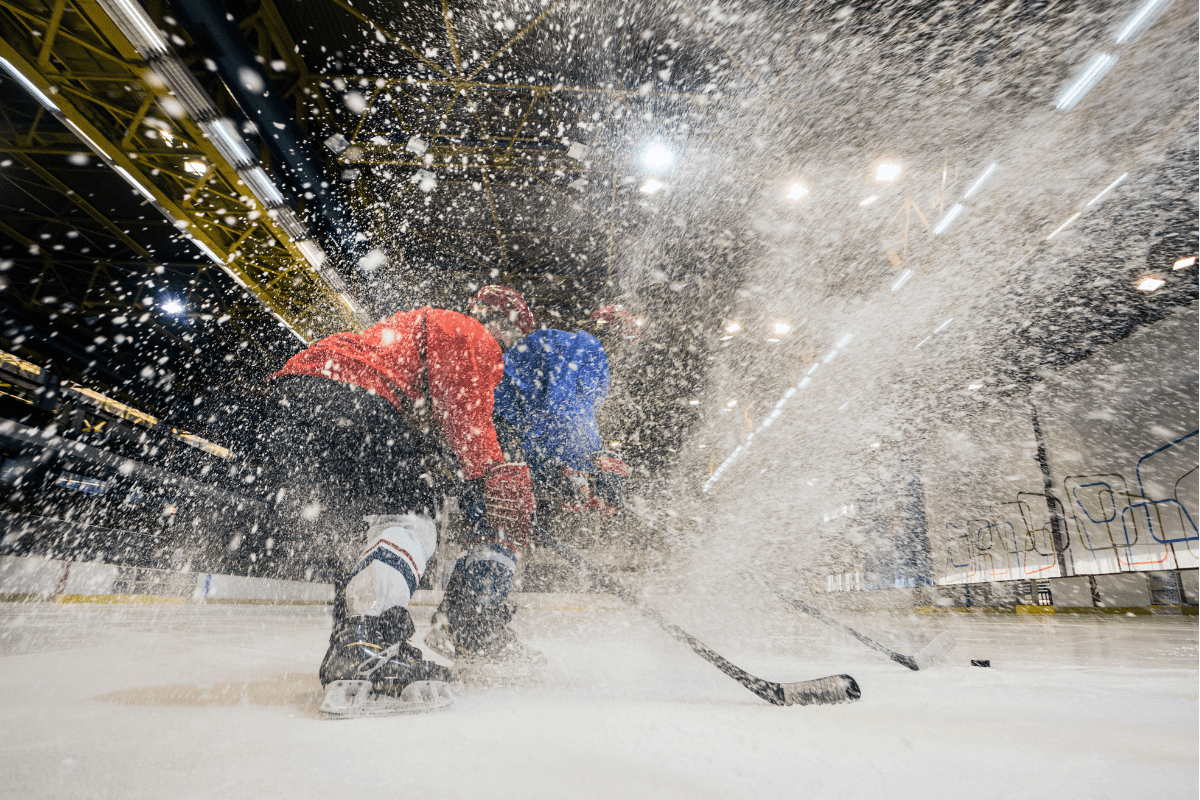Those weren't "figure skater" teams, they had skill but also tough, physical forwards, like most of the best teams in the modern era.
Ideally you want a balance, a few smaller agile playmaker types, some PF with great hands and the cojones to hang out around the blue paint, some puck moving D-men, some big D-men who'll stand up forwards trying to power their way to your net. And so on.
The game hasn't changed THAT much, there's more room for smaller skilled players to operate, but the windows get tighter in the playoffs. Fighting has declined in value, but not winning board battles and maintaining/gaining puck possession. Skating is more important, but a high IQ can compensate to some extent. It's more a matter of a shift in emphasis than a revolution in strategy. Checking forwards are 5-10 lbs lighter but a couple strides faster. Big D-men are a little smaller but more mobile. A few more undersized players are in the league, but the average player is still around 6'1 200.
I've been a collegiate sports performance coach for 20 years. One thing I always felt was effective was showing guys the heights and weights of players at their positions in the pros. It helped give

hortonbarbell.com
forwards 6'1 198
D-men 6'1.5 203
20 players are 6'6+
6 players are 5'8 or shorter





